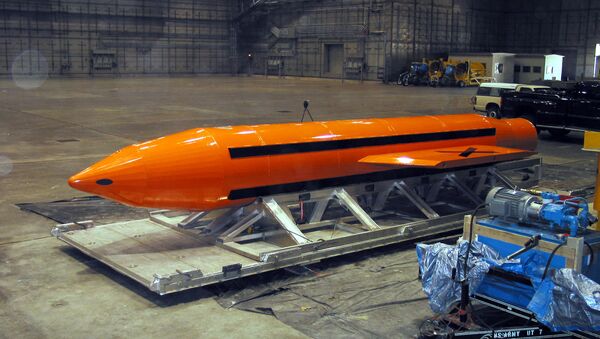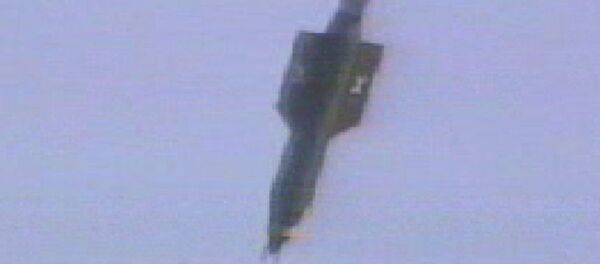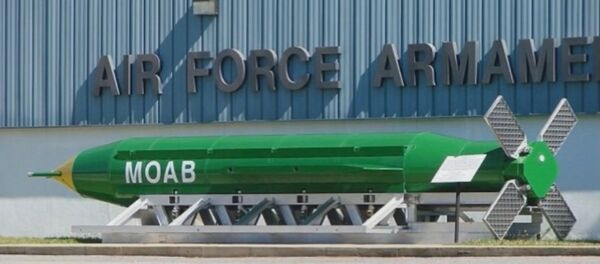Director of the Environmental Security and Sustainability (ESS) Program at Green Cross International (GCI) Paul Walker told Sputnik that the bomb strike is a demonstration of US power to Washington’s enemies.
"There have been predecessors to this large bomb, considered for use in Vietnam decades ago, but this is about 10-20 times larger in explosive payload than more common aerial bombs. The use of this unique bomb by the new Trump Administration illustrates a much more muscular and aggressive approach to crises than the prior US Administration and is clearly a warning shot across the bow of foreign challengers, both national and terrorist," Walker said on Thursday.
Richard Weitz, Senior Fellow and Director of the Center for Political-Military Analysis at Hudson Institute, expressed a similar view, saying in a Thursday interview with Sputnik that the bomb use was likely meant to show off US military capabilities to Daesh, as well as to Pyongyang.
"Trump has stressed that he wants the military to use whatever weapons are necessary to kill ISIS [Daesh] terrorists, [so] this may have been a way to highlight that fact. Still, some people advocating use of the weapon MAY (they have not said this) also have wanted to send a message to North Korea that its many underground artillery and missile batteries could be destroyed early in battle before they destroyed Seoul," Weitz told Sputnik.
Trump said that he expected China to pressure Pyongyang to comply with international nuclear agreements, but the US president also pledged to find a solution to the North Korean issue if China does not do its part.
The MOAB has been in service in the US military since 2003, but Thursday marked the first time the bomb was used in a combat action. The cost of a single MOAB is $16 million.






